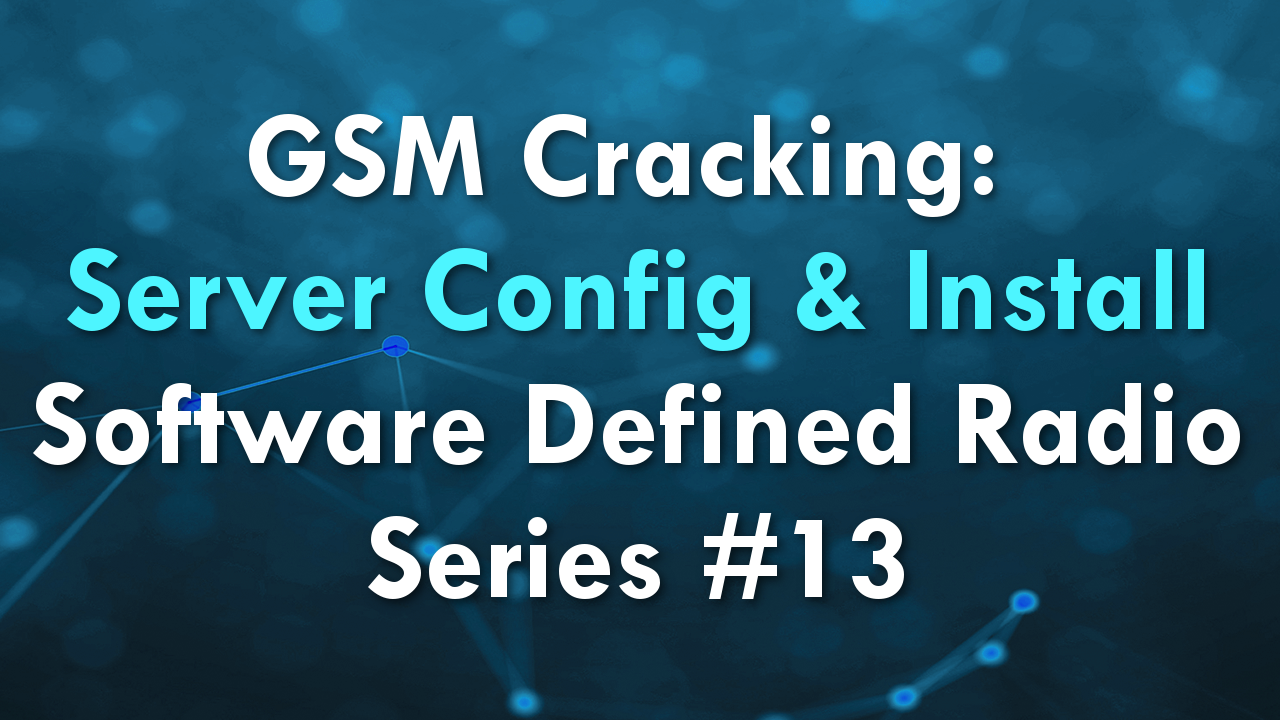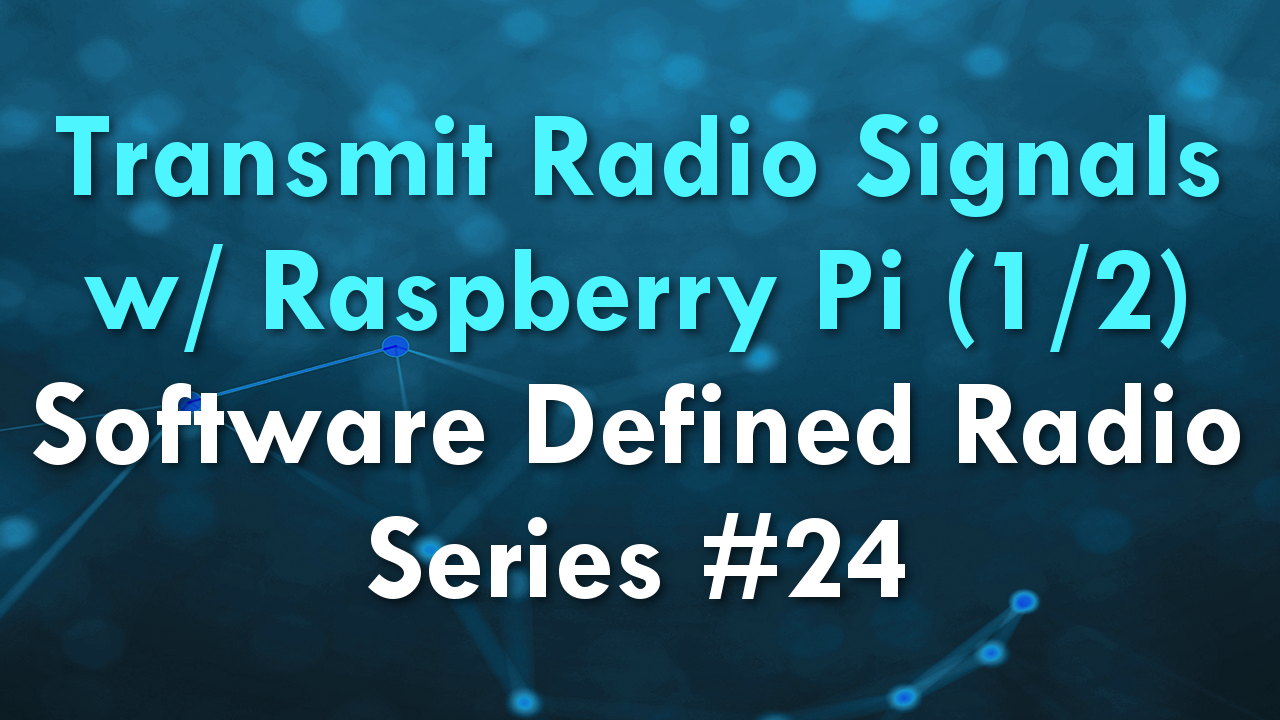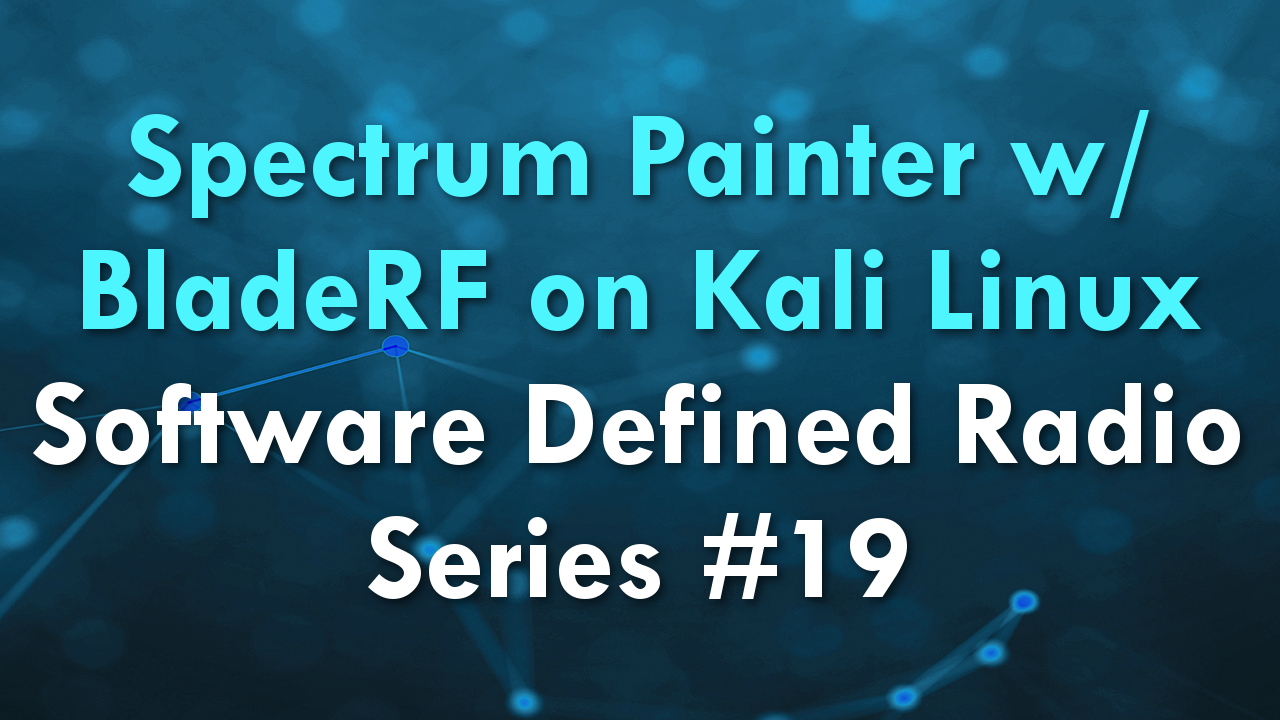Description
In this video I show how to install BladeRF with SDR# (SDRSharp) support on Windows 10. Subsequently, the FPGA is loaded onto the BladeRF from SDR#, and the GSM900 band is browsed using two small quad band duck antennas.
Note: The antennas I use in this video, are not that good compared to that default RTL-SDR antenna I typically use. Basically the received signal strength is pretty bad depending on where the BladeRF is placed, how the RX antenna is angled, how close it is to a window, etc.
Topics covered:
– Installing BladeRF on Windows 10
– Installing the necessary libraries for SDR#
– LNA gain (Low Noise Amplification)
Tools:
– BladeRF (https://nuand.com/)
– SDR# (https://airspy.com/download/)
– Libraries for SDR# (https://github.com/jmichelp/sdrsharp-bladerf)
Stay tuned and subscribe for more upcoming videos showing actual hacks!





hello Danish hacker,
unfortunately, it looks like this information is already dated. I followed the information and it led me to a good start but it looks like the .dll files used has been updated.
I am using an micro xa4.
This is the current error SDR# has with Bladerf: https://github.com/jmichelp/sdrsharp-bladerf/issues/16
This is the new github repo that is suggested to be used:
https://github.com/Nuand/sdrsharp-bladerf
Additional conversations about problems with bladerf and sdr#:
https://nuand.com/forums/viewtopic.php?t=4003
For the BladeRF Micro xA4 it’s very likely that you will need another driver. You are correct that some of my videos are dated, in particular those where I use specific versions that are no longer available.